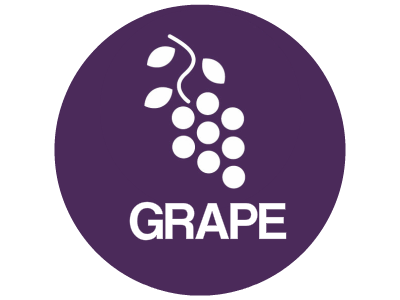That would be a better idea.
As I wrote in a previous blog post, and in an article for Crain’s Michigan Business,the trees of Grand Rapids are giving the city that return on the investment as a citizens’ group leads the effort to increase the percentage of land shaded by the city’s tree canopy.
Friends of Grand Rapids Parks Urban Forest Project Coordinator Lee Mueller used i-Tree, a peer-reviewed software suite created by a team of USDA Forestry Service researchers led by David Nowak, to confirm the return on investment.
Green Goal
Grand Rapids is not the only city in Michigan that believes increasing its tree canopy is a better idea. The concept has taken root (sorry, I couldn’t resist) in Detroit, too.
What is a tree canopy?
The Maryland Department of Natural Resources defines it as “the part of a city that is shaded by trees. Imagine for a moment that you are a bird flying high above the city, looking down. The tree leaves and branches covering the ground is the tree canopy.”
A community group, Greening of Detroit, wants to plant 8,000 trees in Detroit, Hamtramck and Highland Park. They planted 6,200 trees last year in effort to preserve the Motor City’s tree canopy.
That seems like a lot, but it isn’t enough. Dean Hay, the program director of Greening of Detroit said the city is losing 10,250 trees per year.
Greening of Detroit not only wants to save the city’s 22.5 percent canopy, the group wants to increase it to 40 percent, a benchmark that would maximize urban forest benefits in Michigan’s climate, according to American Forests, the oldest nonprofit conservation group in the nation.
Money does grow on trees. The National Tree Benefits Calculator, software produced by Casey Trees and Davey Tree Resources, shows a silver maple tree with a 20-inch diameter grown in the 48207 zip code of Detroit provides overall benefits worth $176 per year. If the tree grows to 25 inches in diameter, the benefits increase to $203 per year.
“Neighborhoods that have the most trees seem to be the most stable,” said Hay.
“We know that neighborhoods that are healthy have a greater (tree) canopy cover.”
Planting Forests in Detroit
Greening of Detroit is also taking part in an urban forest experiment, planting trees on contaminated industrial properties in Detroit and Flint, for which there is no other hope.
They are testing a process called dendro (tree) remediation. Hay said fast-growing trees — willows and aspens — would be planted on land to remove toxins from the soil.
The Detroit Parks and Recreation Department is teaming up with Greening of Detroit to plant “new growth, large scale forests” on vacant property as neighborhoods empty out.
The trees come from several nurseries across the Midwest through a competitive bidding process. Most of the money comes from U.S. Forest Service grants.
Greening of Detroit also receives some state funding, along with some funding from the Detroit Water and Sewerage Department.
That’s their better idea. What’s yours?
Rod Kackley
Lyons Circle Publishing Inc.
rod@rodkackley.com
P.S. You can check out the tree canopy in your Grand Rapids neighborhood by
clicking on the Friends of Grand Rapids Parks Tree Map website:
http://treemap.urbanforestproject.com/map/
—Rod Kackley is an author and journalist. He has written for Crain’s Detroit Business, The Detroit News, and MiBiz. He is a former news director for WOOD-AM/FM and has written a book that tells the story of the creation of Grand Rapids’ Medical Mile, Last Chance Mile: The Reinvention of an American Community.
(C) 2013 Lyons Circle Publishing Inc.

Great thoughts! I agree, this is a great idea.